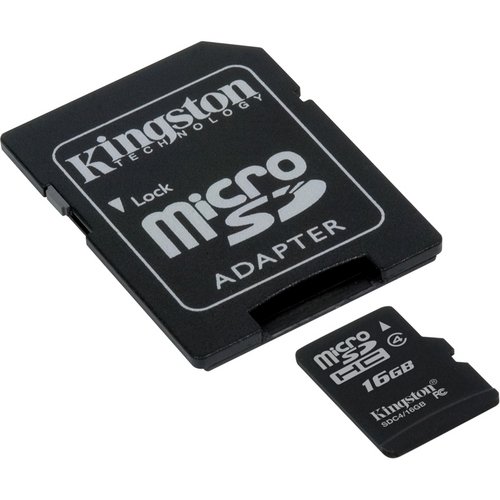
Digital cameras have revolutionized the photography world. Instead of traditional films, these cameras use memory cards to store photos and videos in digital format. For this reason, we should be able to make a huge impact in our photography experience by understanding how to manage our memory cards. In this case, memory cards can be as important as the lenses mechanisms themselves. Most digital cameras actually have internal storage, but it is often insufficient for sustained photography tasks. It is not only about the size of memory card, but also about the write and read speed. ‘
Memory cards have specific types of buffers that can transfer data into memory with faster transfer speed, before being transferred to slower flash memory, which the main storage unit. Such an arrangement is essential, because professional photographers may perform high-speed shoots, by taking multiple high resolution images at a relatively short duration of time. If directly transferred to the flash memory, it is possible that the camera will perform sluggishly and it would take more time intervals before a new photograph can be taken.
On many camera models, it may take longer to delete an image, because the camera will do the “house cleaning” task by reconfiguring the file arrangement to maintain ideal performance. For this reason, we should delete images only in the hotel, because we may never know when new opportunities could arise. It would be unacceptable to lose these opportunities, because we are busy deleting files inside our digital cameras. Cards with smaller size can have better performance during file management tasks, so we should consider switch to memory card with smaller capacity when we want to get involved in short, but intense photography sessions.
However, we could take middle ground by choose medium-sized cards that strike a good balance between storage capacity and performance. In this case, we may need to have multiple memory cards for different purposes. It is not uncommon for professional photographers to bring at least three memory cards at varying storage sizes that can be used for different purposes. If they need to perform high speed actions, they could just load faster cards, but with smaller capacity. It should be noted that memory cards could fail to function after prolonged use, so it is acceptable to bring multiple cards with us.
Memory cards are essentially fragile piece of technology, although they don’t contain moving parts and are fairly sturdy. The actual flash memory module is encased and protected by a plastic shell that can withstand normal handling and wear. There are copper strips at one end of the card that are used to transfer the actual data. Because they are connected directly with the internal parts, sudden jolts of static electricity could cause data corruption and even permanent malfunction. After pulling out the card, we should put it in a protective case and the electrical contacts should be kept clean.














